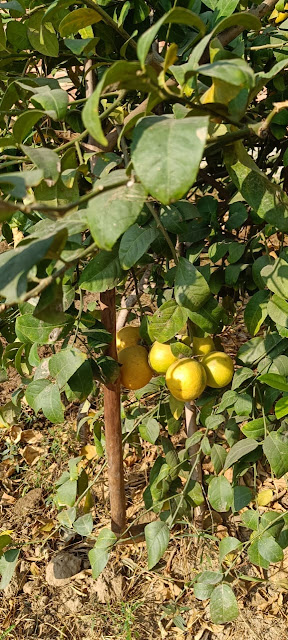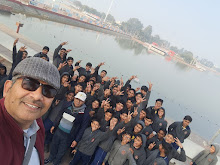This NCF is organized into five parts.
• Part A articulates the broad Aims of School Education, and the desirable Values and
Dispositions, Capacities and Skills, and Knowledge that are required for achieving these
aims. It also lays down the principles and approaches for content selection, pedagogy, and
assessment and gives the rationale and design principles for the four stages of schooling.
• Part B focuses on some of the important cross-cutting themes of NCF, viz., rootedness in
India, education for values, learning and caring about the environment, inclusive education,
guidance and counselling, and use of educational technology in schools.
• Part C has separate chapters for each school subject. Each of these chapters have Learning
Standards defined for all the relevant stages of schooling along with specific guidelines for
content selection, pedagogy, and assessments appropriate for that subject. The part also has
a chapter on the Foundational Stage and one on design and range of subjects in Grades 11
and 12
• Part D handles school culture and processes that enable a positive learning environment
and inculcate desirable values and dispositions.
• The last part, Part E, outlines the requirements for an overall ecosystem of schooling that
would enable the achievement of the aims of the NCF.
This includes aspects of Teacher
capacities and service conditions, physical infrastructure requirements, and the role of the
community and family.
Summary 20
PART A: APPROACH 43
1. Aims and Curricular Areas of School Education 45
2. School Stages — Logic and Design 62
3. Approach to Learning Standards, Content, Pedagogy, and Assessment 87
PART B...
PART C...
PART D..............................
PART E: CREATING A SUPPORTIVE ECOSYSTEM 547
1. Capacity Building for Implementation 549
2.1.3 Library ......
2.6.1.3.2 School Library for Language Development
Library and Language development: Role of the Library in Language development:
1. Access to a wide range of resources:
2. Development of Language abilities:
3. Opportunities for independent reading:
4. Support for classroom learning:
5. Encouragement of a love of reading:
6. Promotion of literacy skills:
7. Supporting research and inquiry
Illustrative Library activities for Language development:
1. Drawing Time:
2. Book Reviews:
3. Storytime:
4. Reading buddies:
5. Book clubs:
6. Writing workshops:
7. Book displays:
8. Enrichment programmes:
9. Book repairs and book canvassing:
2.6.2 Assessment in Language
2. Ensuring an Appropriate Environment for Learning 553
3. Enabling and Empowering Teachers 559
4. Community and Family Engagement 566
To Read Full NCF SE 2023 Click Here













































































.jpg)
.jpg)










